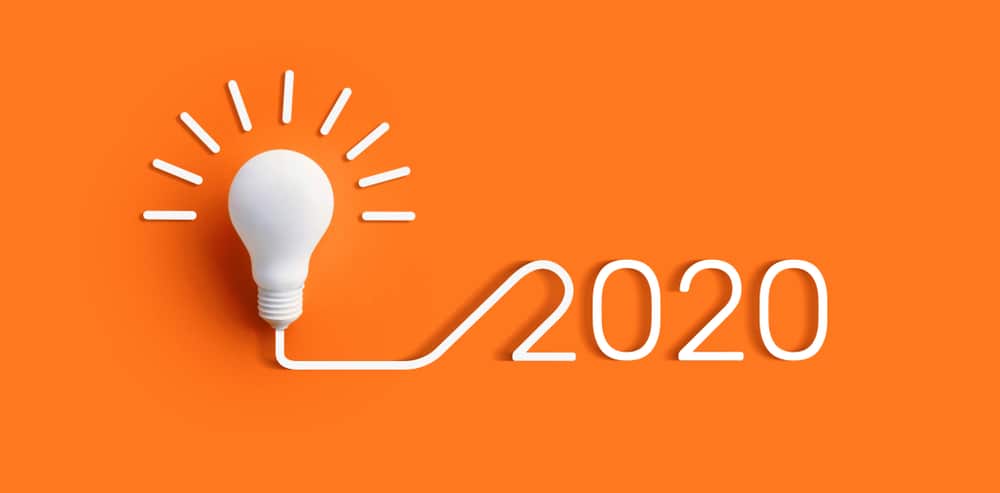Interactive mobile marketing: 3 tactics to turn browsers into buyers
Thanks to online retailing, shoppers in brick-and-mortar stores are better informed and more demanding than ever. They may love the in-store shopping experience, but it can be enhanced by interactive mobile marketing to create greater engagement. There are several tactics that can help your store engage and convert those browsers.
How to Engage Consumers With Interactive Mobile Marketing
Personalization
Individual attention creates emotional attachment, even when it is delivered automatically. Personalization leads to customer retention and, according to research conducted by PwC, around a quarter of shoppers are willing to pay more—up to 16% in some cases—for a product specifically in response to personalization. PwC also found that, while 43% of U.S. consumers say they would not allow companies to collect their personal data, which is a necessary step for personalization, 63% say they would share data for the sake of a service they value.
Personalization uses a combination of familiar tactics and the latest technology to engage consumers.
- Targeting. As customers walk in the door with a shopping app turned on, they can be greeted by name and view product suggestions based on previous buying patterns.
- Mapping. In large stores, customers can even be guided through the aisles to locate items of potential interest to them.
- Events. Customers can receive invitations to special sales, product premiers, and appreciation events based on their shopping patterns.
- Feedback. Giving customers an opportunity to leave feedback on items they purchase or read the feedback of others before making a purchase can enhance the shopping experience.
- Chatbots. Using natural language, AI chatbots can engage customers on messaging services by providing product suggestions and information, customer service, and branded entertainment in a conversational format. Chatbots are available around the clock and can generally respond faster than human assistance. They can also be used to gather information about customers, simply by asking for it.
Augmented Reality
Augmented reality (AR) is fun, informative, and easy to deliver—it is technically simpler to produce than virtual reality, and it requires no user headset. Consumers can use their smartphones to enrich the shopping experience. Augmented reality technology is still relatively new, making it enticing and exciting to most consumers. Many of them may be familiar with apps like Ikea’s that superimpose the seller’s furniture onto a view of their living rooms, or ones that find ATMs, stores and restaurants on the street.
Inform the Shopper
Customers can scan a QR code to find out the backstories of unique products, see demos or take a deep dive into the specs and options for products that interest them. The app might check the store’s stock for availability, sizes and colors as well, and even suggest alternatives until the shopper finds the item that suits them just right.
Try Products Out Virtually
Sephora makes even more extensive use of AR, allowing users to see what certain makeup products would look like on. A shopper looking for clothes might use AR to see a 360° view of garment on a model or combined with other garments. In a kitchenware store, a shopper might watch a demo of the countertop appliance on the shelf in front of them.
Take Time, Save Labor
AR creates a rich, customized experience for shoppers, who can take in as much or as little information as they please, and work their way through alternatives of their choosing at their own pace. Only at the end of the experience, when the shopper has made their purchasing decision, does a salesperson need to become involved. Thus, the customer gets to enjoy the benefits of modern technology and the human touch too.
Rewarding Loyalty
There are a number of ways to reward loyalty with interactive mobile marketing, and they are often among the most effective measures for retailers. Fifty-eight percent of shoppers visit stores where they are members of a loyalty program at least once a month—and 69% say their choice of retailer is influenced by loyalty programs.
- Loyalty Rewards Programs. Many loyalty programs are available via a mobile app. In Shopkick’s case, shoppers can earn rewards for using the app when visiting a store and interacting with products at-shelf.
- Proximity marketing. Beacon technology can be combined with Wi-Fi or Bluetooth to guide shoppers to sale items. According to Beaconstat, 75% of U.S. retailers already use it, and its popularity is still growing. Shopkick worked with early adopters T.J. Maxx and Best Buy.
Interactive mobile marketing combines familiar tactics like rewards points and events with the latest digital technology to generate excitement and help shoppers make purchasing decisions. It presents ample opportunities to increase engagement among shoppers in your store and turn browsers into buyers. Using these tactics will create a satisfying shopping experience that is met with appreciation and positive response from your customers.

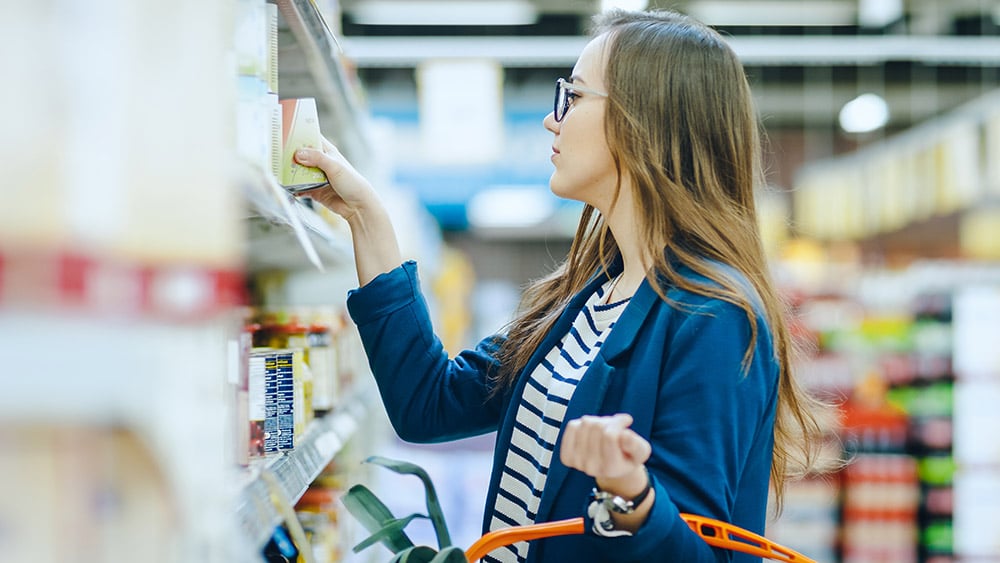
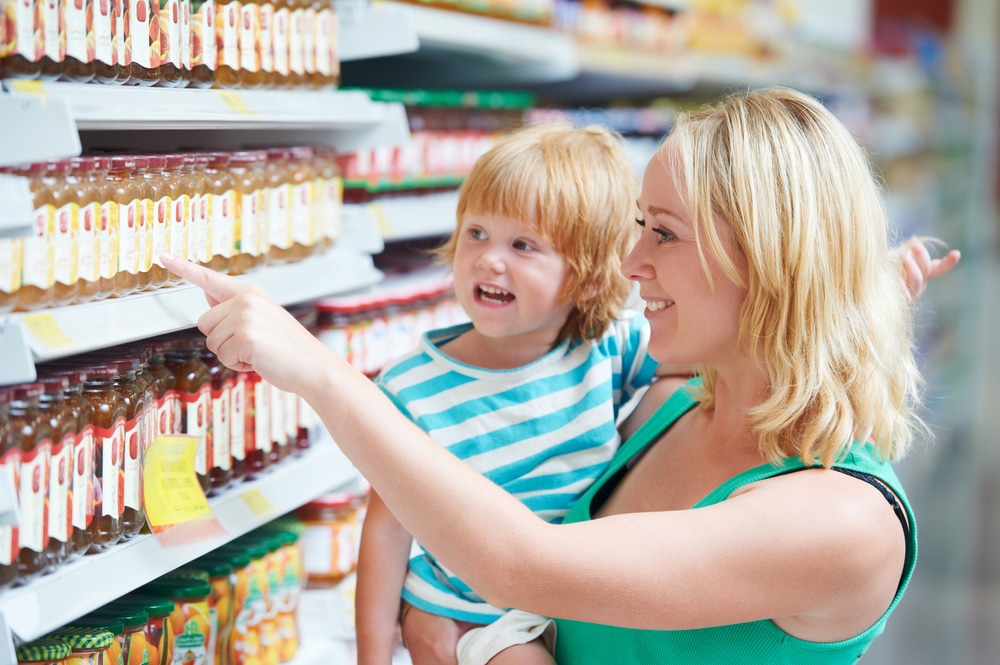
 My favorite types of grocery shopping apps are those that give you rewards you can trade in later for cash or gift cards. The main benefit of these apps is that you save money. There are different ways these apps work, but the best of the bunch gives you rewards for the shopping you already do. You can then trade those awards in for savings. The best shopping apps for groceries change the shopping experience altogether by adding a new layer of fun that actually makes you look forward to going to the store, as crazy as that sounds.
My favorite types of grocery shopping apps are those that give you rewards you can trade in later for cash or gift cards. The main benefit of these apps is that you save money. There are different ways these apps work, but the best of the bunch gives you rewards for the shopping you already do. You can then trade those awards in for savings. The best shopping apps for groceries change the shopping experience altogether by adding a new layer of fun that actually makes you look forward to going to the store, as crazy as that sounds.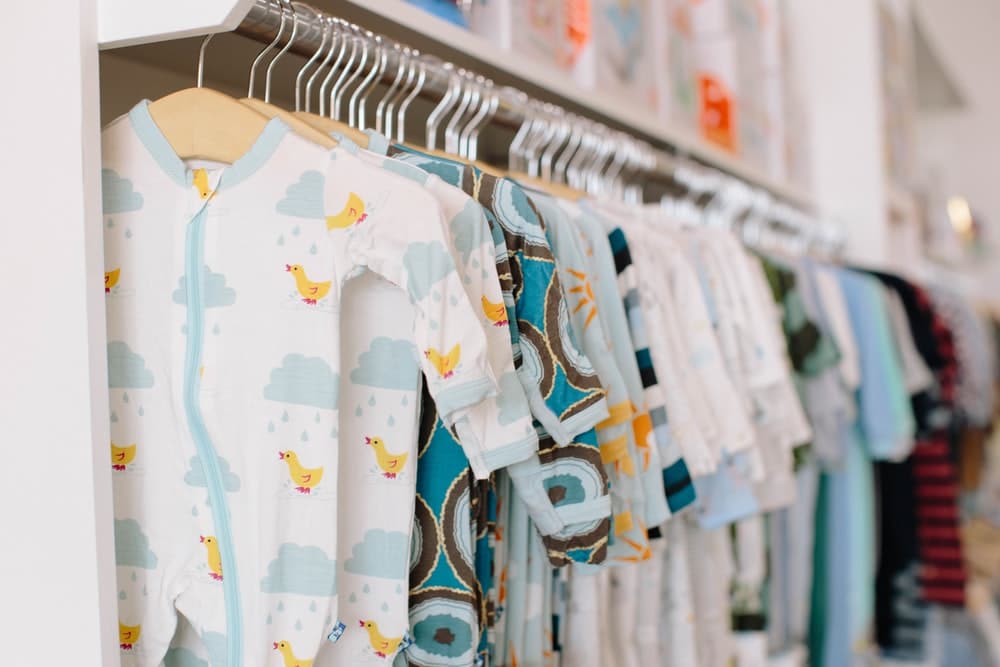
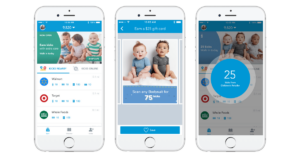

 Now that you’re using your first rewards app hack, and collecting your rewards both online and offline, it’s time to move on to our next rewards app hack. This is one that I’ve been using for years. What you do is basically use two rewards apps at once. So, let’s think about the different types of rewards apps.
Now that you’re using your first rewards app hack, and collecting your rewards both online and offline, it’s time to move on to our next rewards app hack. This is one that I’ve been using for years. What you do is basically use two rewards apps at once. So, let’s think about the different types of rewards apps. 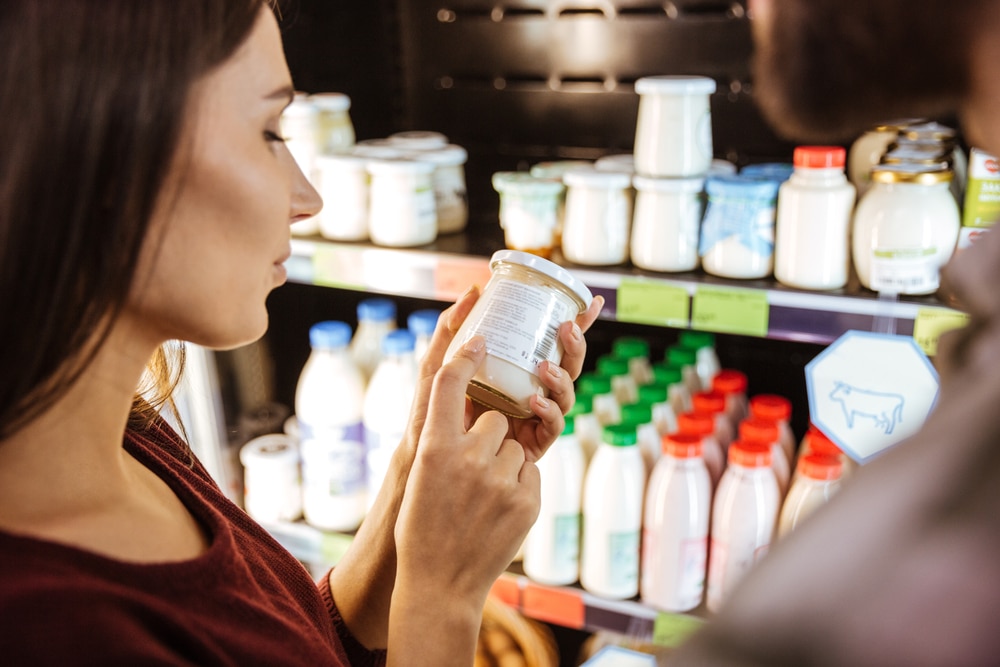
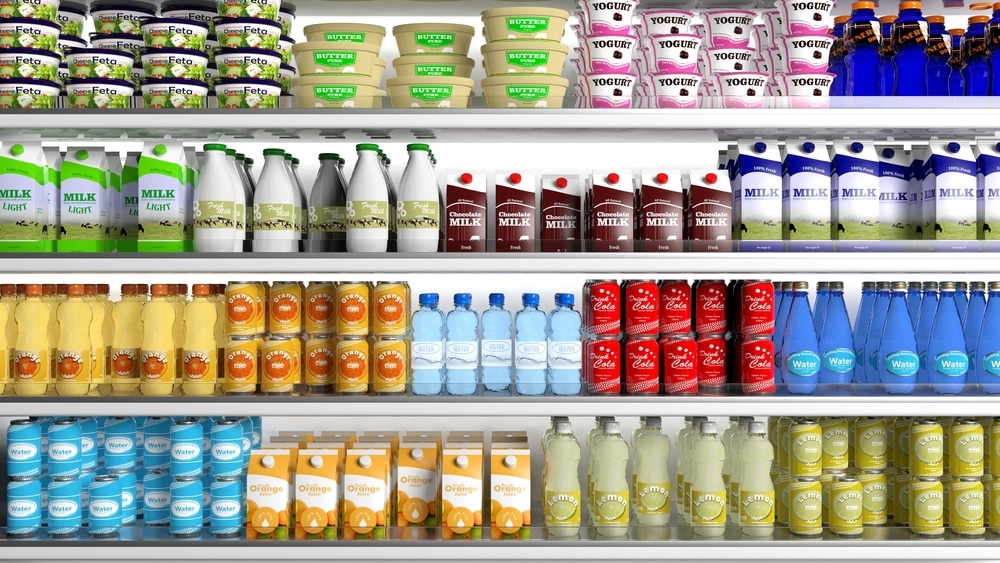
 The internet is routinely turned to for “that one product you can’t get anywhere else.” More and more, retailers are relying on analytics to gain insight into consumer preferences. Start with a large selection and let consumers decide what you should or shouldn’t carry in-store. Be sure to have your best-selling eCommerce items available on shelves as well. Use online sales data to update, reposition, or replace low-selling SKUs in both physical and online shops. If a particular flavor isn’t selling well in-store, make it exclusive to your online store. Often, the highest productivity comes from a rotating selection of new and niche products that keeps the shopping experience fresh and exhilarating.
The internet is routinely turned to for “that one product you can’t get anywhere else.” More and more, retailers are relying on analytics to gain insight into consumer preferences. Start with a large selection and let consumers decide what you should or shouldn’t carry in-store. Be sure to have your best-selling eCommerce items available on shelves as well. Use online sales data to update, reposition, or replace low-selling SKUs in both physical and online shops. If a particular flavor isn’t selling well in-store, make it exclusive to your online store. Often, the highest productivity comes from a rotating selection of new and niche products that keeps the shopping experience fresh and exhilarating. 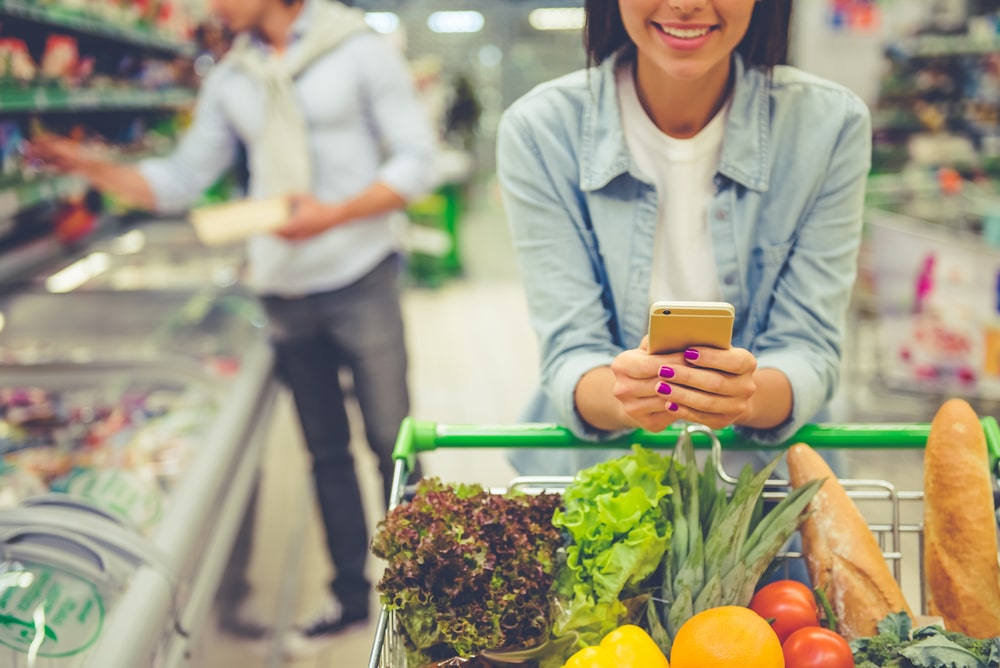
 I guess I was maybe a little less than accurate earlier when I said that the only two things that stay constant in my house are my household bills and my need to go shopping. If I’m being honest, there’s also a third constant in my house—my own personal need for Starbucks, specifically flat whites, which are my absolute favorite. Even in the summertime, I’ll find myself stopping by Starbucks for a quick pick-me-up. And, there’s also a way to earn cashback for household bills in the process.
I guess I was maybe a little less than accurate earlier when I said that the only two things that stay constant in my house are my household bills and my need to go shopping. If I’m being honest, there’s also a third constant in my house—my own personal need for Starbucks, specifically flat whites, which are my absolute favorite. Even in the summertime, I’ll find myself stopping by Starbucks for a quick pick-me-up. And, there’s also a way to earn cashback for household bills in the process.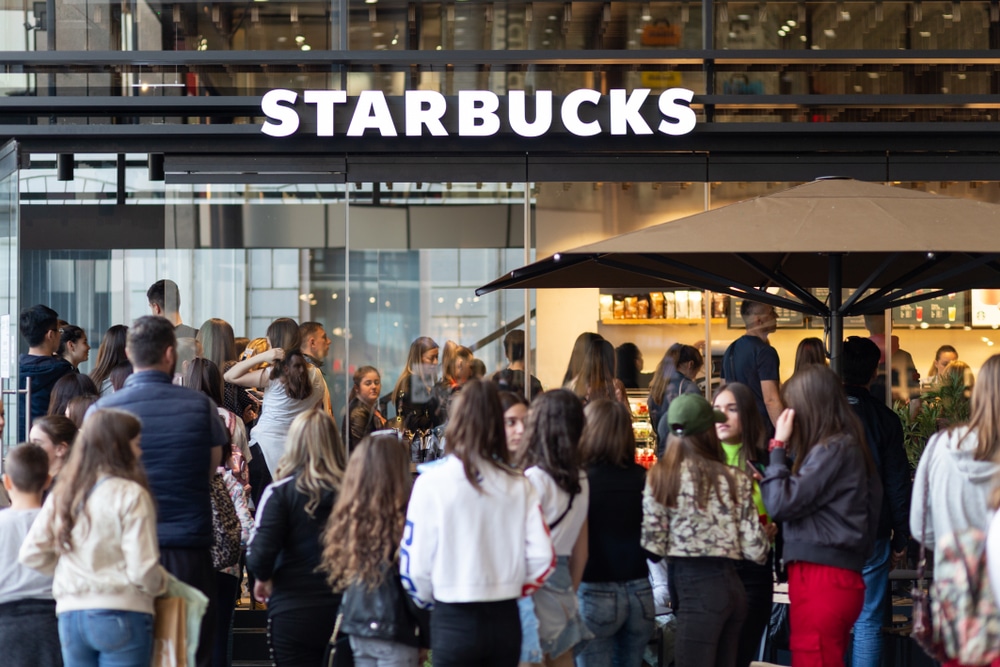

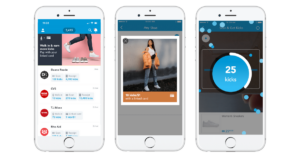


 As a busy person, a coffee-lover, and someone who just has to find all of the absolute best bargains that are out there, I love the Starbucks app. There are two major benefits to using the Starbucks app. First, you can use it to do things like order ahead and skip the line, which for me is often a must. I just don’t know how many times I’ve been in a big rush, needed a quick pick-me-up, and the Starbucks app helped me grab a quick flat white while I’m out on the move.
As a busy person, a coffee-lover, and someone who just has to find all of the absolute best bargains that are out there, I love the Starbucks app. There are two major benefits to using the Starbucks app. First, you can use it to do things like order ahead and skip the line, which for me is often a must. I just don’t know how many times I’ve been in a big rush, needed a quick pick-me-up, and the Starbucks app helped me grab a quick flat white while I’m out on the move. 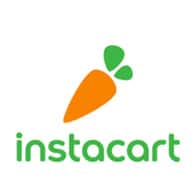 Instacart can be an absolutely life-changing app. I know for someone as busy as me, it’s definitely one of the all-time best time-saving apps. It essentially makes it so you can have someone shop for your personal grocery list, sometimes in as fast as an hour. I don’t know about you, but that saves me from so many potential headaches.
Instacart can be an absolutely life-changing app. I know for someone as busy as me, it’s definitely one of the all-time best time-saving apps. It essentially makes it so you can have someone shop for your personal grocery list, sometimes in as fast as an hour. I don’t know about you, but that saves me from so many potential headaches.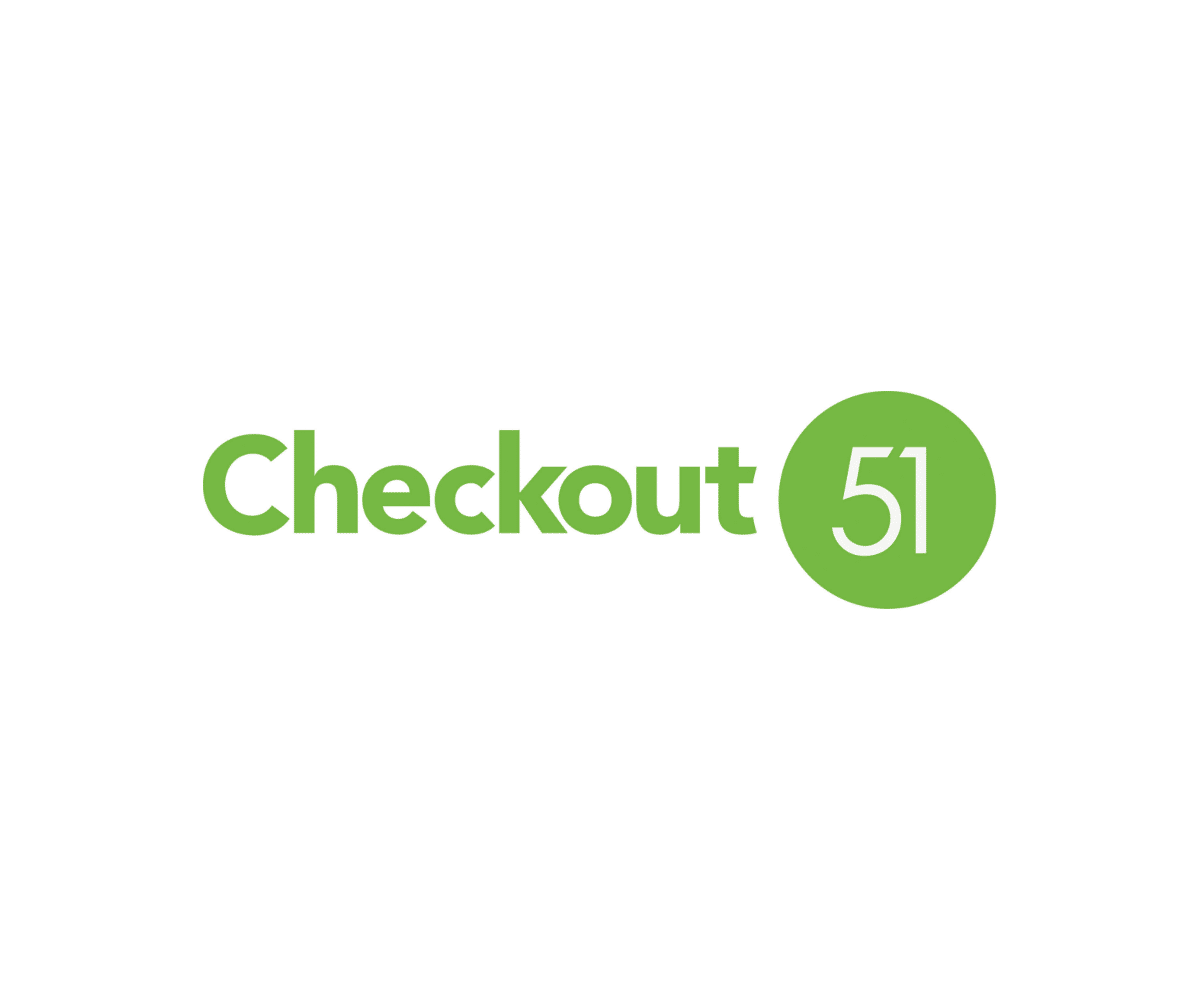 Checkout51 is another cool app. The way this one works is that each week, it gives you a new set of deals from which to choose. You can then go make purchases that qualify for those deals, keep your receipt, and take a picture of it in order to collect your cash back.
Checkout51 is another cool app. The way this one works is that each week, it gives you a new set of deals from which to choose. You can then go make purchases that qualify for those deals, keep your receipt, and take a picture of it in order to collect your cash back.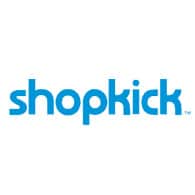 When it comes to picking the best rewards app to earn free fun money, my favorite is
When it comes to picking the best rewards app to earn free fun money, my favorite is 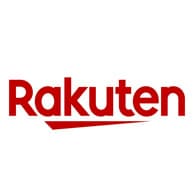 You might know Rakuten as Ebates, which recently changed its name. The way this one works is that users head over to Rakuten.com, sign up, shop online through the site, and receive cash back on certain purchases.
You might know Rakuten as Ebates, which recently changed its name. The way this one works is that users head over to Rakuten.com, sign up, shop online through the site, and receive cash back on certain purchases. Google Opinion Rewards is a rewards app that lets you earn free fun money by answering quick surveys. That’s exactly what it sounds like. You get a survey, you answer it, and you get rewards, which in this case come in the form of Google Play credit. I’m sure that I don’t have to tell you that there are plenty of great ways to spend that.
Google Opinion Rewards is a rewards app that lets you earn free fun money by answering quick surveys. That’s exactly what it sounds like. You get a survey, you answer it, and you get rewards, which in this case come in the form of Google Play credit. I’m sure that I don’t have to tell you that there are plenty of great ways to spend that. I don’t know about you, but I just love taking photos. You know what I love even more than taking photos? Getting paid to take photos in free fun money. That’s where the app Foap comes into play.
I don’t know about you, but I just love taking photos. You know what I love even more than taking photos? Getting paid to take photos in free fun money. That’s where the app Foap comes into play. Out of all the apps on this list, I think Slidejoy is the one where you have to do the least. See, all that Slidejoy really entails is letting the app modify the lock screen on your smartphone. It just replaces whatever you have on there now with things like trending topics, ads, and other content. Each time you click to look at it or even just to open your phone, you get points.
Out of all the apps on this list, I think Slidejoy is the one where you have to do the least. See, all that Slidejoy really entails is letting the app modify the lock screen on your smartphone. It just replaces whatever you have on there now with things like trending topics, ads, and other content. Each time you click to look at it or even just to open your phone, you get points.